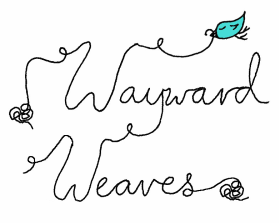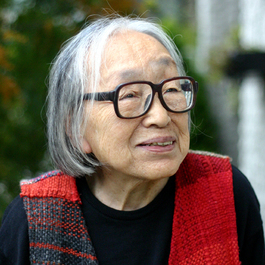With no pattern or rules to follow, Saori enables you to weave quite freely; simply enjoying each moment as it comes. In Saori, we weave with our heart as well as our hands.
Beauty With lack of Intentions
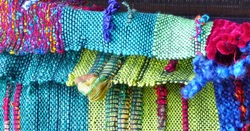
The 'Sa' of Saori has the same meaning as the first syllable of the word 'Sai' which is found in Zen Buddhist vocabulary. It means "everything has it's own individual dignity".
The 'Ori' means weaving.
When sitting at the loom each person brings their own ideas, personality, hopes, choices, rhythm and preferences so every weaving produced is completely unique. Saori textiles reflect the experience and state of mind of the individual weaver, just as they are in that moment.
"All flowers are beautiful, even though each individual flower is different in form and color. Because of this difference, "all are good". Because everything has the same life, life cannot be measured by a yardstick. It is this individuality that makes everything meaningful and the uniqueness of each thread that creates the tapestry of life"
Misao Jo, Founder of SAORI
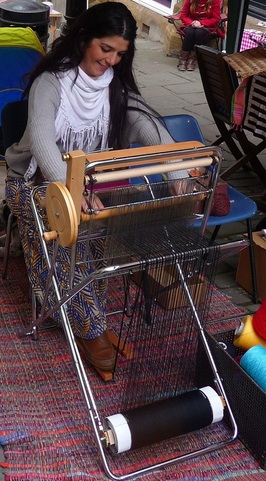
Whilst Saori focuses on weaving, it is much more than simply a weaving technique. It is also:
- A philosophy that all people are artists: Saori can help anyone to enjoy their own creative nature, regardless of previous experience or perceived artistic ability
- An outlook that embraces the natural beauty of unintended "mistakes". and encourages people to explore into the unknown. In Saori, we do not try to imitate machine-made products. The irregular selvage, loose thread and accidental skip of the shuttle are all considered to add to the beauty of the finished cloth
- A social movement towards bringing diverse people together to learn from one another. It is especially a movement to include within a larger community people who may be isolated or marginalized because of disability, age, income, mental or physical health issues, caregiving, ethnicity, or any other reason
- Saori can also be used as a creative and practical path of meditation, therapy, rehabilitation, trauma recovery, stress reduction, identity-building, community-building, economic self-reliance, and holistic human development
The four principles of Saori
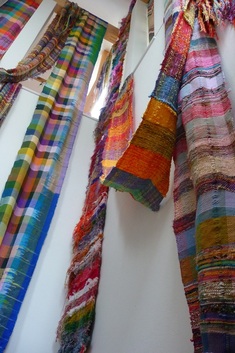
- Consider the differences between a machine and a human being
- Be bold and adventurous
- Let’s look out through eyes that shine
- Inspire one another, and everyone in the group
The Saori Story
In Japan in the late 1960s, Misao Jo, then in her mid 50s, decided she wanted to weave a sash (obi) for her kimono by hand. Her husband and sons built her a handloom, and her 84-year-old mother taught her how to weave!
However, Ms. Jo soon felt that her weaving in the conventional style was imitating the regularity and predictability of a machine. She said, "I have a brain and emotion. I'm a human being. I will weave an obi that is full of humanity." She allowed herself to skip threads in an unforced, rhythmic way, introducing unusual stripes and fringes that resulted in original work of striking expressiveness. She kept experimenting, enjoying herself to a degree that she hadn't believed possible, but wondering whether others would perceive her work as "really good."
Finally, she brought her work to the owner of a fashionable kimono shop. To her surprise and delight, he bought all the work she showed him, sold it quickly, and asked for more. When she tried to fill his orders for a specific pattern she had made previously, however, she found that her joy in weaving was gone. Realizing that spontaneity was the secret of her success, she determined to teach this wonderful way to others.
However, Ms. Jo soon felt that her weaving in the conventional style was imitating the regularity and predictability of a machine. She said, "I have a brain and emotion. I'm a human being. I will weave an obi that is full of humanity." She allowed herself to skip threads in an unforced, rhythmic way, introducing unusual stripes and fringes that resulted in original work of striking expressiveness. She kept experimenting, enjoying herself to a degree that she hadn't believed possible, but wondering whether others would perceive her work as "really good."
Finally, she brought her work to the owner of a fashionable kimono shop. To her surprise and delight, he bought all the work she showed him, sold it quickly, and asked for more. When she tried to fill his orders for a specific pattern she had made previously, however, she found that her joy in weaving was gone. Realizing that spontaneity was the secret of her success, she determined to teach this wonderful way to others.
